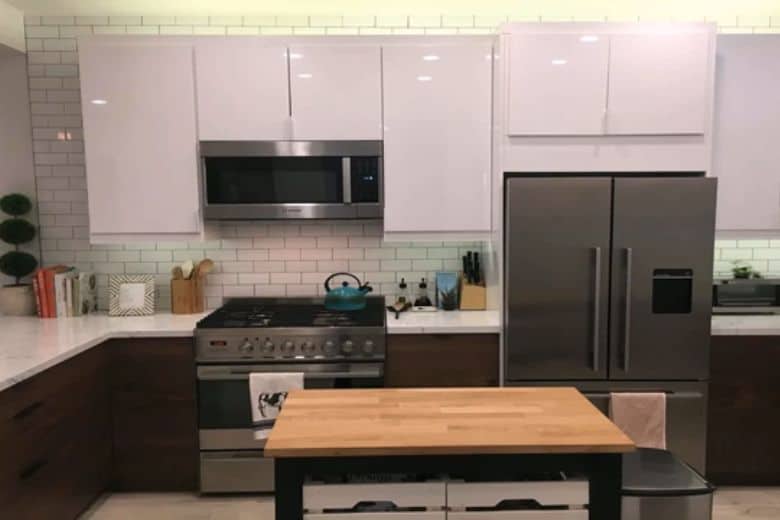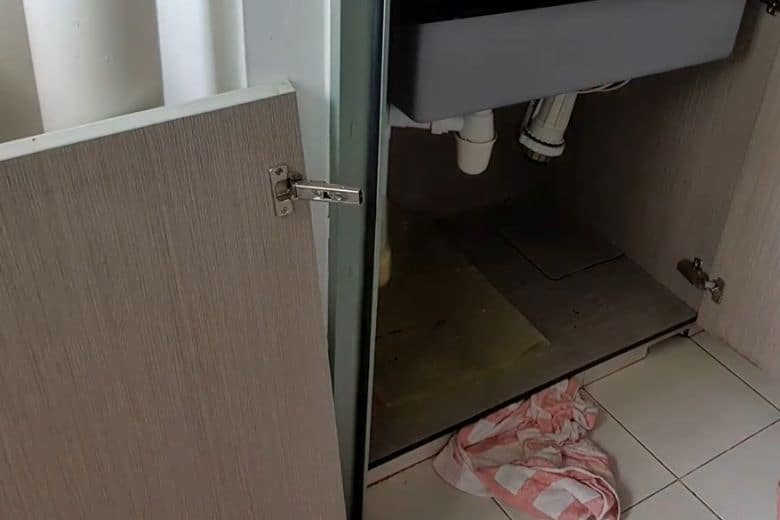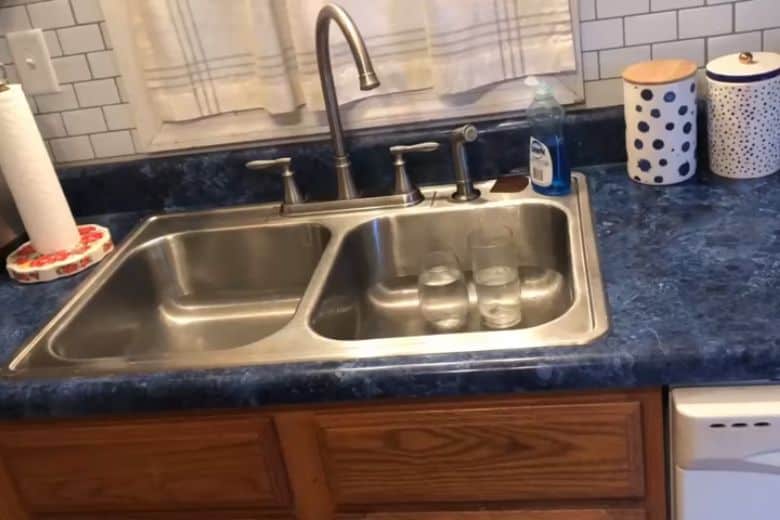Nowadays, both studio and standard apartments have become increasingly cramped due to the abundance of home and kitchen appliances. It is particularly true for the compact kitchen. Where multiple devices, such as a stove, refrigerator, toaster, electric oven, mixer grinder, microwave, and sandwich maker, are often embraced.
Eventually, the kitchen space often becomes crowded, requiring us to be creative with arranging our appliances. Therefore, many people need to place their stoves and refrigerators side by side, but can a stove be next to a fridge? Is this a viable option?
Meanwhile, placing the refrigerator next to the stove in the kitchen is not an ideal option, and also, it is not preferred. Still, you can do it in a sideways position. The position is advantageous in compact kitchens where space is limited. These two appliances serve opposite functions, one cooling and one heating food items. Having them next to each other may impact efficiency at times.
Before learning to place a gas stove next to the refrigerator, let’s find out the problem of putting the stove and refrigerator side by side.
There are Mainly 5 Problems with Placing Gas Stove Next to Fridge
However, it will not harm the components of these household devices. Here you have to focus on how to protect the fridge next to the stove. And for that, you must learn the advantage and disadvantages of placing them side by side.
By the way, placing the refrigerator near the stove can lead to various problems. To avoid such complications, it’s crucial to identify the potential issues that may arise from such a placement. Let’s examine the challenges you might face with this proximity of stove and refrigerator.
1. Effects of Stove Compactness on Refrigerator’s Compressor:
The first problem with placing refrigerator next to stove in kitchen is it pressures the refrigerator’s compressor to work longer hours.
The refrigerator’s compressor is a crucial component that helps maintain the interior temperature and preserve the food stored inside. Suppose the fridge is situated close to the oven. In that case, the warmth generated from cooking can cause the temperature inside the refrigerator to increase. Consequently, it requires the compressor to work harder and longer to cool it down.
This results in a longer cooling time and adds stress to the compressor, potentially reducing its lifespan.
Furthermore, the increased cooling time increases the chance of food spoilage, as the temperature inside the fridge stays elevated for longer. It can lead to food waste and higher food expenses.
To avoid these issues, it’s best to keep the refrigerator and stove separated to minimize the load on the compressor and keep the food fresher for longer.
2. Effects of Extended Compressor Use on Electricity Bill:
The refrigerator’s compressor, known for being one of the most energy-intensive kitchen appliances, uses a considerable amount of electricity. When placed near the stove, the added heat causes the compressor to work harder, resulting in longer operation time and increased electricity usage.
It can lead to higher energy bills, a concern for households that heavily rely on electric power for cooking and cooling needs.
Eventually, to keep energy costs low, it’s advisable to keep the refrigerator and stove separate to reduce the workload on the compressor.
3.Reduce Refrigerator’s Durability:
As the stove runs for longer, it increases the surrounding area’s temperature. The increased temperature causes the cooling-off parts of the fridge to take on an additional workload.
As a result, the additional workload puts extra strain on the refrigerator parts, leading to a greater risk of them wearing out sooner than expected. The whole situation impacts the fridge’s durability.
4. Increase Fire Hazard Risk:
Refrigerators that use R-600a as refrigerant gas can pose a fire hazard risk if the gas leaks. Although, most refrigerators do not contain a significant amount of this flammable gas to cause a catastrophic explosion. Still, it can ignite and cause issues if not handled properly.
It’s essential to be aware of the type of refrigerant gas your refrigerator uses and to take precautions to minimize the risk of a fire hazard. Regular maintenance and inspections of your refrigerator can help detect potential gas leaks and prevent potential hazards.
5. Impact on Kitchen Space:
Putting a refrigerator beside a stove in the kitchen can negatively impact the kitchen’s overall feel by making it cramped and crowded. It’s vital to consider kitchen ergonomics when arranging appliances to ensure adequate space for cooking and preparing food.
Because having a clear workspace near the stove is ideal, and a sink or countertop best fills this space. Placing the refrigerator near the stove hinders the storage of large pots and pans with large handles on the stove.
Besides, ignoring this rule of thumb can lead to a cluttered and crowded kitchen when two people are working in the kitchen simultaneously.
So, if you want to maximize comfort and functionality in the kitchen, you must consider the arrangement of appliances and the available space.
How Close Can You Place Refrigerator Next to Stove in Kitchen?
Despite the possible issue, if you still want to put the refrigerator next to the stove, you must have a minimum distance between the fridge and the stove.
When placing a refrigerator next to a stove, it’s crucial to maintain a minimum distance between them. Ideally, the gap should be between 15 inches to 20 inches. However, if you have a gas stove, keep a distance of 20 inches to avoid the intense heat affecting the refrigerator’s performance.
For electric stoves, a 9-inch gap is sufficient, but experts advise against placing the refrigerator too close to the stove. A distance of 2 inches is not recommended as it may result in the compressor working excessively and potentially failing over time.
What Can I use to put between a stove and a refrigerator to Maintain Balanced Between the Two Devices?
In a small kitchen, separating the refrigerator and stove can be challenging. As a result, many people are forced to keep these appliances closer together. But don’t worry; few options available allow you to position them near each other without causing significant harm.
1. Heat Shield for Refrigerator
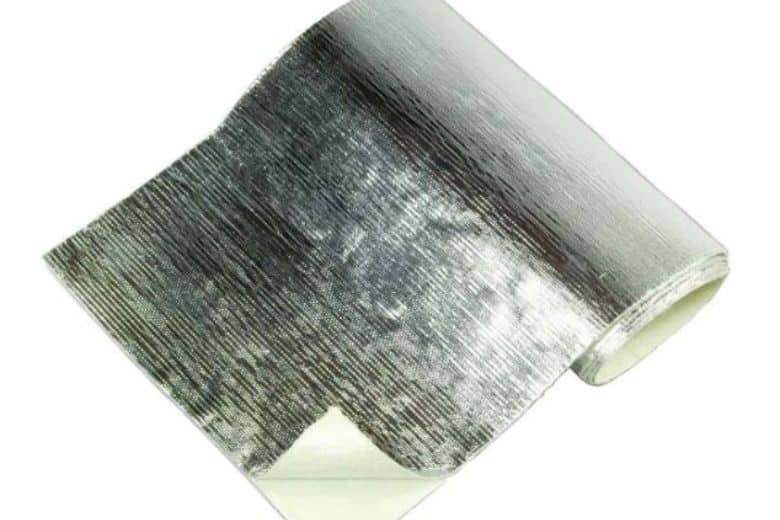
If limited space requires you to place the refrigerator and stove too close, installing a heat shield on the refrigerator side can help. Specifically, the heat shield should be installed on the side of the fridge facing the stove.
These shields have an insulating material that can redirect heat and reflect up to 90% of the heat, depending on the type of insulator used. With a heat shield, the fridge will remain in near-normal condition despite being close to the stove.
2. Kitchen Hood Solution
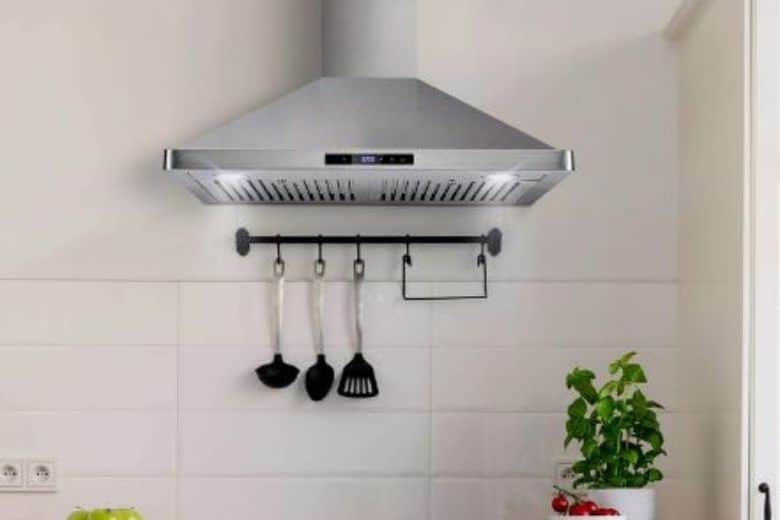
A kitchen hood is a valuable addition to any kitchen, especially when managing the heat produced by a stove. This mechanical fan is mounted above the stove. It acts as a ventilation system to evacuate smoke, heat, and combustion from the air.
By capturing most of the stove’s heat, a kitchen hood reduces the heat that radiates to the refrigerator.
In some cases, the refrigerator’s upper part may become heated due to the separating material between the stove and the fridge. In such instances, a kitchen hood can effectively cool down the refrigerator’s upper part and maintain optimal temperature levels.
Installing a kitchen hood, you can effectively manage the heat produced by your stove and refrigerator, ensuring that both appliances function efficiently.
3. Screen or Partition: A Barrier against Heat
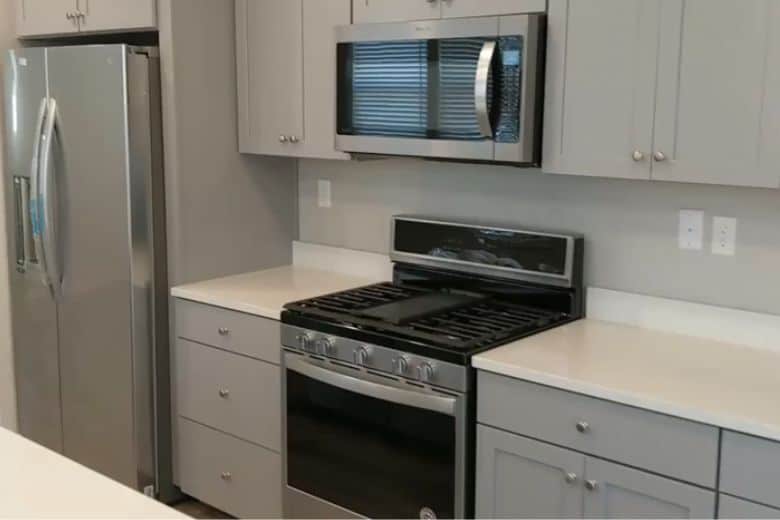
The third smart option to protect your refrigerator from heat and dirt splashes is to add a screen or partition between the stove and fridge. The goal of this barrier is to create a barrier against heat and protect the refrigerator from dirt and oil splashes.
You can use various materials for the screen or partition, including tempered glass, drywall, MDF panels, and plywood. The choice of material will depend on durability, aesthetics, and cost.
Regardless of the material you choose, a screen or partition will provide an effective barrier between the stove and refrigerator. It helps to protect your appliances and keep your kitchen organized and clean.
4. Integrating the Refrigerator into the Kitchen Design
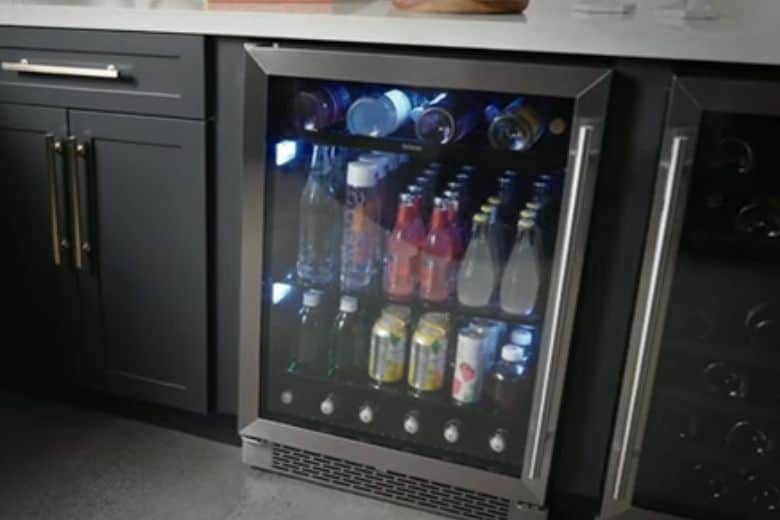
One way to create more space between your stove and refrigerator is to replace your full-size refrigerator with a customized one that fits into your kitchen décor. This method offers a clean, classy look. It allows you to integrate the fridge into your kitchen in any way you like.
For example, installing the fridge under the kitchen cabinets is a practical space-saving solution, especially in small apartments without a separate kitchen. This setting will help keep your kitchen and refrigeration needs in one place and make your apartment look spacious, organized, and clean.
Integrating the refrigerator into the kitchen design allows you to take advantage of multiple cabinets around the fridge, freeing up more space for other needed kitchen items.
Frequently Asked Questions:
Is it safe to place refrigerator next to stove?
Answer: While it is not ideal to place a refrigerator next to a stove, but you can place them safely. There may be a rise in electricity costs. Still, the fridge will not be damaged or burst due to being located near the gas stove.
What is the recommended distance between a refrigerator and A Stove?
Answer: The National Kitchen and Bath Association recommends a minimum distance of 15 inches between an oven and a refrigerator. Placing the stove too close to the fridge may cause the refrigerator to work harder and longer.
How can the lifespan of a refrigerator be reduced?
Answer: One factor that can shorten the lifespan of a refrigerator is a poorly maintained gasket. A loose, torn, or clogged debris gasket will not seal properly, causing the fridge to work harder and consume more energy.
To prolong the refrigerator’s lifespan, you can clean the gasket with warm water twice a year to remove any buildup. Therefore, regularly check the seal for tears, replacing it if necessary.
Conclusion
In the end, you got the answer can a stove be next to a fridge? You can safely place the refrigerator and stove close together by installing a heat shield, a kitchen hood, and other solutions. Additionally, maintain a distance of 15 to 20 inches between the two appliances to prevent the heat from the stove from affecting the fridge.
Paul Newman is a blogger who writes about plumbing and home improvement. Over the past 20 years, I have worked as a plumber. My passion is to share my knowledge and experience with others to improve their homes.

